Relationships
- Guide Number3 Guides
- Video Number1 Video

- Guide Number1 Guide
- Video Number3 Videos
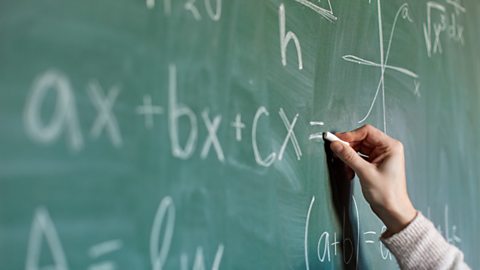
- Guide Number1 Guide
- Video Number3 Videos
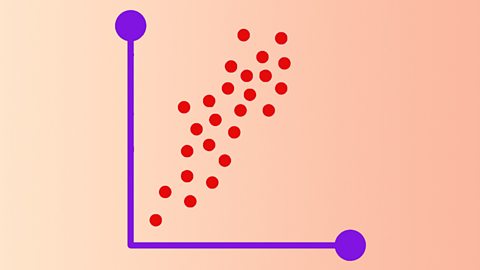
- Guide Number1 Guide
- Video Number3 Videos
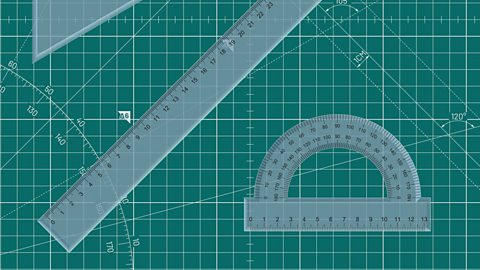
Expressions and formulae
- Guide Number1 Guide
- Video Number3 Videos
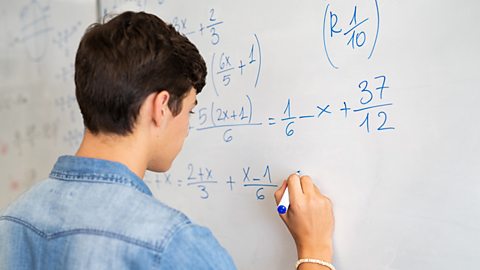
- Guide Number1 Guide
- Video Number1 Video

- Guide Number1 Guide
- Video Number2 Videos
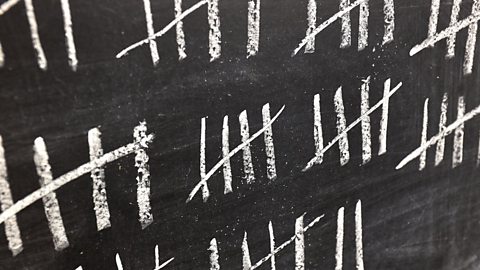
Numeracy
Order of operations
Select and carry out calculations in the correct order of precedence using the ‘rules’ of BODMAS (Brackets then Of then Division then Multiplication then Addition and Subtraction).
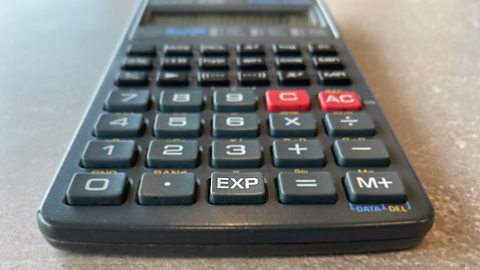
Multiplication
Calculations involving multiplication of whole numbers.

Division
Dividing a single digit whole number where the calculation can go as far as two decimal places.

Negative numbers
Negative numbers are mainly used with coordinates and temperature. Use negative numbers in addition and subtraction problems including subtracting a negative number.

Rounding
Many calculations result in answers that are more accurate than you need. In such cases the answers are rounded to the required degree of accuracy.
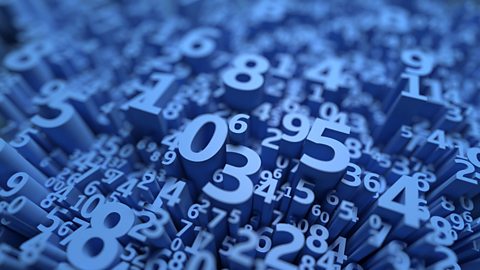
Rounding and Estimating
A way of approximating or estimating an answer is to round off using significant figures. You can then select and carry out calculations and round answers to the nearest significant figure.

Distance, Speed and Time
Calculations involving distance, speed and time can be worked out using formulae. When doing these calculations, the units used should be consistent.

Percentages
Calculations involving percentages of quantities. Working with increases and decreases as well as expressing a quantity as a percentage of another quantity.

Fractions
Fractions are calculations involving a fraction of a quantity, shape or object. Equivalent fractions allow cancelling to simplest form.
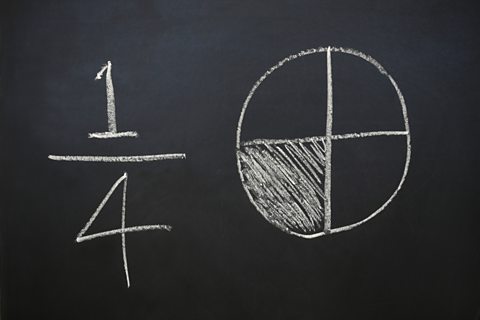
Ratio
A ratio is used to compare two quantities. The quantities should be in the same units.

Probability
The link between simple probability and expected frequency is explored. The idea of risk is investigated and its impact on life.

- 8 videos
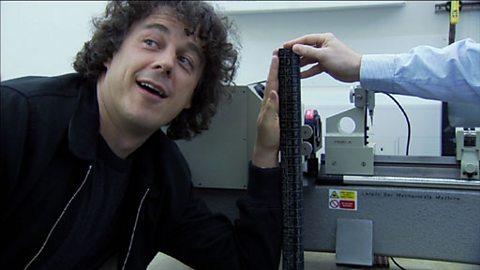
Links
- External linkExternal link
- External linkExternal link
- External linkExternal link
- External linkExternal link